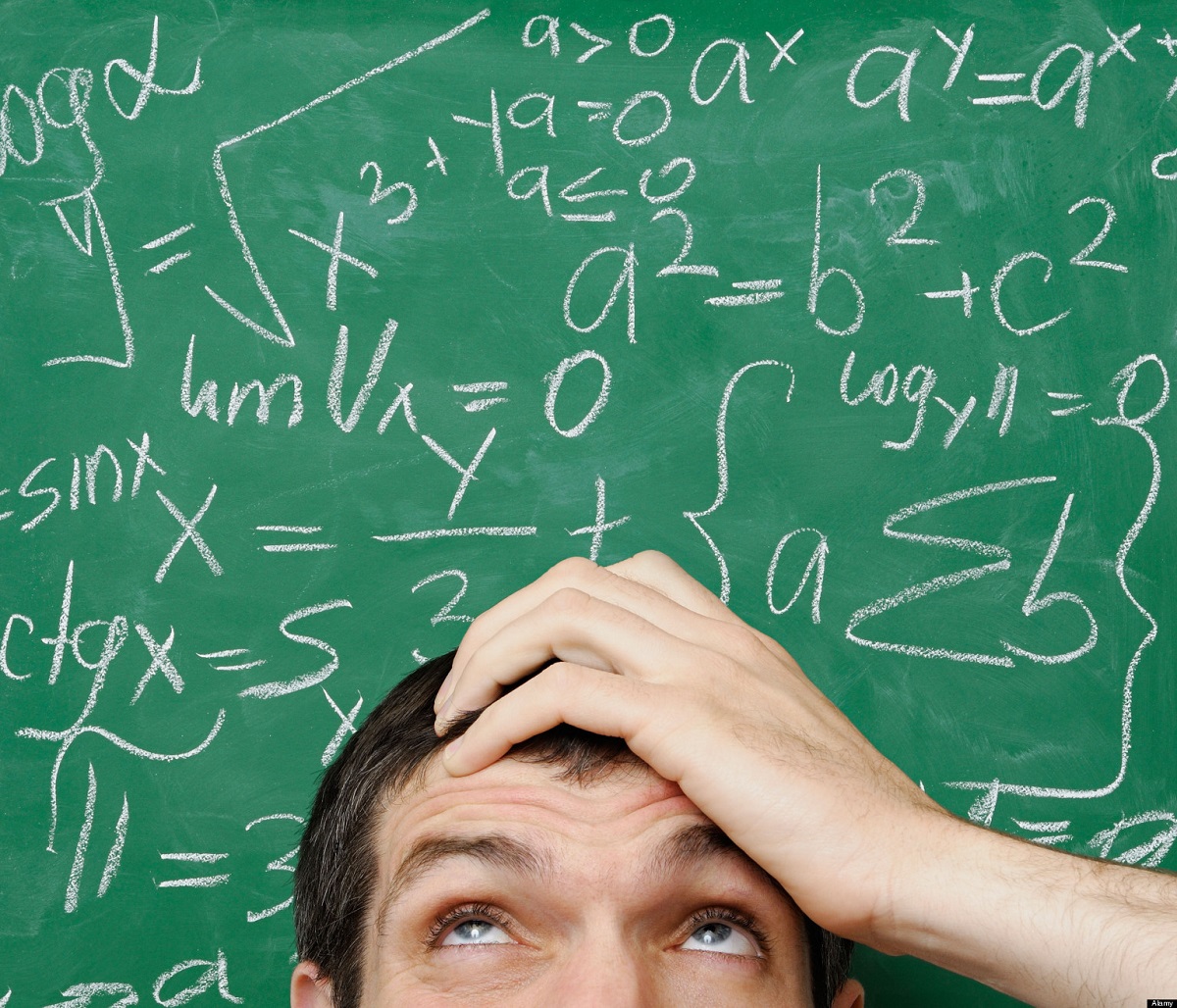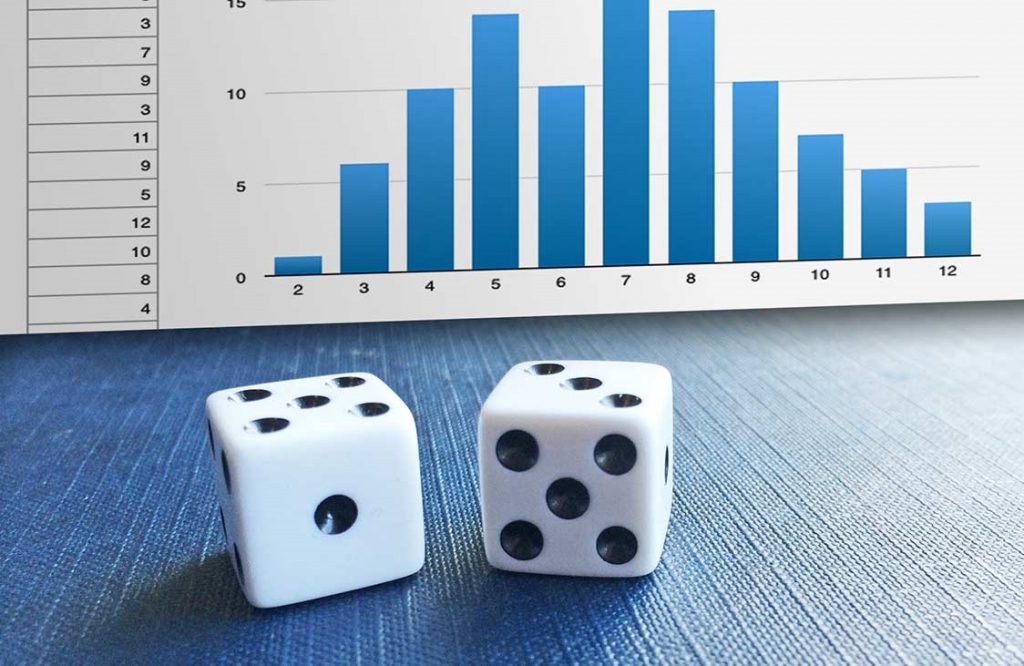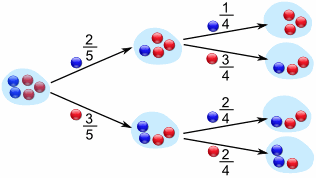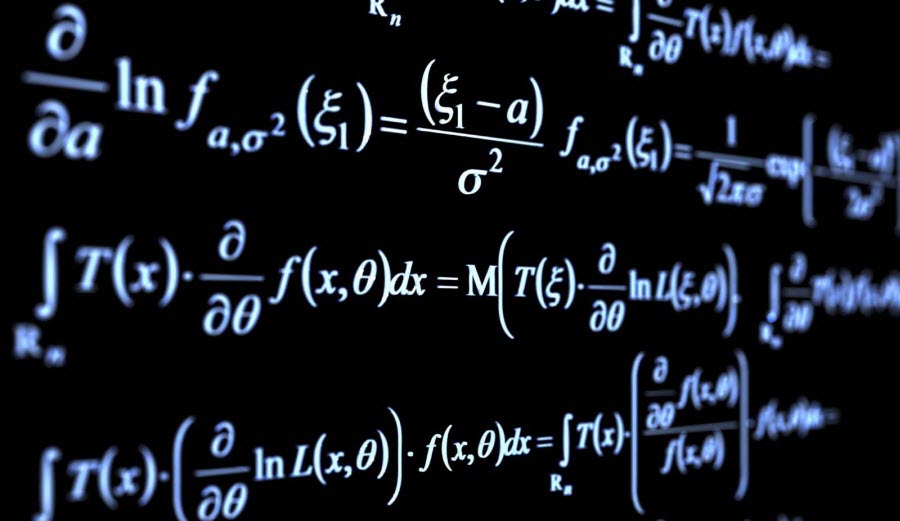The Role of Basic Probability in Betting
What is Basic Probability? We mentioned in the previous sections that knowing about different types of bets and understanding betting odds is not enough to become a consistent profit-maker in sports betting; and here is where basic probability comes in. We think it is important to familiarise yourself with this term before you find yourself placing bets on upcoming games.
The truth is, no matter how good you are at predicting the outcome of sports events, chances are that every now and then you get it all wrong. There are so many aspects involved in this that you cannot be right at all times. You need more than pure luck to win at this. You need to know about value. The purpose of this section is to make you familiar with value and bring you one step closer to understand probability. This is as important as the other sections in our sports betting guide, so pay close attention.
Try different basic probability at this top sports betting sites
| Bookie | Review | Highlights | Cash Out | Bonus | Visit |
|---|---|---|---|---|---|
Sportsbet.io |
|
|
Weekly bonus: up to 100,000 USDT |
CLAIM BONUS | |
| T&C’s apply | |||||
MyBookie |
|
|
Welcome Bonus: up to $1000 |
CLAIM BONUS | |
| T&C’s apply | |||||
Xbet |
|
|
Welcome Bonus: 50% up to $500 |
CLAIM BONUS | |
| T&C’s apply | |||||
BUSR |
|
|
Welcome Bonus: 100% up to $2500 |
CLAIM BONUS | |
| T&C’s apply | |||||
Getting to Know Your Hit Rate
 In the first part of our basic probability section, we will talk about hit rates. This is a term which is used to show how many successful wagers you have in relation to the amount of wagers you make in general. Hit rates are usually expressed as percentages.
In the first part of our basic probability section, we will talk about hit rates. This is a term which is used to show how many successful wagers you have in relation to the amount of wagers you make in general. Hit rates are usually expressed as percentages.
If you make 100 wagers, of which 70 turn out to be successful, then your hit rate would be 70%. A hit rate of 100% is quite unlikely to happen, even if you are the most accurate punter in the world. It should also be said that a high rate does not necessarily mean that you will increase your winnings in the long run. See what will we mean by going further down in our basic probability section.
Now, imagine that you placed bets on the favourites in a total of 19 matches in the first stages of a soccer tournament. If only four of the favourites lost, then your hit rate would be 79%. That is pretty high. It looks like you could win a good profit, right? Wrong. The truth is, any team that is expected to win a particular game is considered a favourite. Hence, the odds of that team winning will be low. As a result of that, winnings are low too.
If the odds of your favourites winning were 1.25, it means that you would get about £188 (the stake involved) if you had wagered £10 on every game. However, we mentioned that you hypothetically lost four of the games. So, you have to calculate your losses too. We will add a few more issues to worry about in the next paragraphs of our section about basic probability.
When you think about it, it seems that although you won, you lost money because the profits returned were very small. This is not to say that you should not bet on the favourites, though. Our purpose is to illustrate how you can have a high hit rate and still generate smaller to no profits. The reason for this is that your chances of winning are not reflected by your high rate. It serves to show how often you tend to make correct wagers. The quality of your bets is determined by value, and we will get to it in a few minutes, but first, we shall say a few things about probability.
Understanding Probability
 Now, we are finally getting to explain what basic probability is and what role it plays in sports betting. By and large, this is a measure used to determine the likelihood of an outcome to happen. It is displayed as a decimal. More often than not, it is expressed as numbers between 0 and 1, where 1 suggests certainty and 0 suggests impossibility.
Now, we are finally getting to explain what basic probability is and what role it plays in sports betting. By and large, this is a measure used to determine the likelihood of an outcome to happen. It is displayed as a decimal. More often than not, it is expressed as numbers between 0 and 1, where 1 suggests certainty and 0 suggests impossibility.
In addition, you might also encounter basic possibility expressed as a percentage. In that case, you will either have 100% or 0%. The former suggests certainty and the latter suggests impossibility. 50% probability means even chances of winning or losing.
There are many situations in which you can calculate basic probability very accurately. For example, let us have a look at a coin. You know that tossing it can only result in two outcomes: the coin will either come up heads, or it will come up tails. Hence, there is 50% possibility that heads will show and, again, 50% possibility that tails will appear. This is quite easy to predict right? There is no way that another outcome occurs. It is the same with a roll of a dice.
As you know, a die has six different sides, therefore six outcomes are possible when throwing it. There is an approximately 16.66% probability that any one of the numbers will be rolled (for the purpose we divide 100% by six).
Be it as it may, probability in sports betting is not as simple or as easy to determine (quite like the Asian handicap). Given that there are numerous factors involved, there is no chance to measure the exact probability of a result. On the contrary, your calculations will be based on what you believe will happen during the game.
However, you, the bettor, are not the only one that does that. The bookmakers follow the same trend. However, you need to understand that their calculations do not involve only the probabilities of a certain outcome. They also make some adjustments to make sure that no matter whether they end up right or wrong, they are on the winning side. In other words, they always go above and beyond to make the odds in their favour. This does not mean that there is no way to use things to your advantage. However, it is not that easy. Keep reading to learn more about probability to improve your chances of getting it right and beating the bookmaker.
Learning About Expected Value and Implied Probability in Gambling
 Let’s first discuss what implied probability is. In short, this is a measure determined by dividing 1 by the odds (note that it should be decimal odds). So, it serves to show what the odds express that the possibility of a result will be.
Let’s first discuss what implied probability is. In short, this is a measure determined by dividing 1 by the odds (note that it should be decimal odds). So, it serves to show what the odds express that the possibility of a result will be.
If the odds for your favourite team to win are 2.50, you get 40% or 0.4 implied probability of winning (as we said, probability could be between 0 and 1). If the odds are 5.00, you get 20% or 0.2 implied probability of winning, and so on and so forth. You do not have to use your phone’s calculator to measure the number. There are many tools on the Internet which will do the job for you.
Now, it is time to explain expected value. As its name suggests, it serves to show how much money a wager is expected to award you if it wins. This can be illustrated as follows: imagine you wanted to place a bet on odds of 2.50 for your favourite team. If you wagered £10, you would receive £25 (stake involved). Now, we already mentioned above that the probability for this team winning based on the odds is 40%.
So, let us assume for a second this was an accurate calculation or your real chances of winning, then every time you placed this bet, you would get that amount of money 40% of the time. You would also lose 60% of the time, which means parting with £10 for every wrong bet. Here is how expected value is calculated:
Expected Value = (Amount you win per wager x Probability of winning) – (Stake x Probability of Losing)
Using this calculation, let’s determine the expected value in our situation:
(£15 x 40%) – (£10 x 60%) = £6 – £6 = £0
What this means is that the expected value of this bet is not good for you, at least not in the long run. It may come as a surprise to you, but every time we make the assumption that the implied probability accurately reflects the actual probability, a bet’s expected value always amounts to zero.
However, please also note that sportsbooks’ odds more often than not indicate implied probability that is higher than the real one. Hence, if we assume that the odds of your favourite team emerging a winner are 2.50 and the probability is 40%, then the actual probability will quite possibly be less than 40%. We will now demonstrate what the expected value would be if the real probability of this team winning with odds of 2.50 was 35%, and their real probability of losing respectively was 65%:
 (£15 x 35%) – (£10 x 65%) = £5.25 – £6.50 = -£1.25
(£15 x 35%) – (£10 x 65%) = £5.25 – £6.50 = -£1.25
As you can see, in that case, your bet would have a negative expected value, which means that in the long run, you could only expect money loss.
Therefore, what determines the quality of your predictions is the value. If you want to place a bet whose expected value is less than zero, you should be prepared to lose because this prediction will have very low quality. Even if you get it right most of the time, it would still mean money loss in the long run.
Hence, you need to place bets that have a positive expected value if you want to make high-quality predictions. In that case, even if you end up with a losing bet, you will still make a profit in the long run. To make this work, you have to make wagers whose implied probability is lower than the real one.
We hate to make it look complicated, but this is how it is. Perhaps the following example will make it clear to you. This time we will use 45% of real probability and the same odds and bet amount we used in the previous examples.
(£15 x £45%) – (£10 x 55%) = £6.75 – £5.50 = £1.25
Our calculations got a positive expected value this time.
Mind you, we tried to use simple examples to illustrate what expected value and probability are. However, the end results may be good or bad for you depending on what you are striving to get. Live betting online has proven that. One bettor might find placing a bet on odds of 2.50 a great thing, whereas another bettor might consider this a waste of time and money. As we mentioned above, it is a matter of opinion.
Summing up Probability
To sum up, the key factors you need to consider in this section are hit rates, probability and expected value. First of all, hit rates are not paramount to sports betting like many people tend to think. Second, keep in mind that the odds suggested by a sportsbook do not always reflect the real probability of a particular outcome accurately and may be based on other factors. Not to mention, sometimes sports betting sites can make mistakes too. Last but not least, you need to measure any bet’s value before placing it to determine whether it is worth placing it or not.
Of course, you also have to bear in mind this practice will not guarantee success. In theory, you should be able to make a profit in the long run by making wagers which offer positive expected value. In reality, though, anything could happen. Your prediction has to be correct for that assessment to hold true. As you can see, the more we dig into sports betting, the more complicated it becomes. In the next sections, we will continue to bombard you with facts about this niche to help you get a better understanding of it.
Other Betting Markets & Strategies
- Betting Odds Explained
- Arbitrage Betting Explained
- How Hedging Bets Work
- Kelly Criterion Betting Strategy
- Moneyline Betting in Sports
- Parlay Betting Explained
- All about Point Spread Betting
- Meaning of Over Under Betting
- Understanding Outright Bets
- What Prop Bets are About
- Explaining a Bet Accumulator
- Making Betting Permutations

